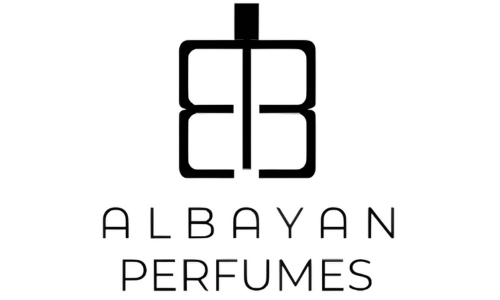Fragrance preferences have undergone significant changes over the ages, reflecting the cultural, social, and economic shifts that have shaped the world. From ancient times to the modern era, perfumes have evolved from mere beauty tools to complex expressions of personal identity and artistic taste. Here’s a look at how fragrance preferences have changed over time:
1. Ancient Times: Scents as Religious and Ceremonial Symbols
In ancient times, perfumes were primarily used in religious rituals and ceremonies. In ancient Egypt, fragrances were used in embalming processes and religious rites. Essential oils extracted from plants like lavender and myrrh were used, and perfumes had symbolic value extending into spiritual and medicinal realms.
In ancient Greece and Rome, perfumes were used to enhance beauty and a sense of well-being. Scents were considered symbols of wealth and luxury, using natural materials like rose, saffron, and lemon.
2. The Middle Ages: Focus on Medical Uses and Bourgeoisie
During the Middle Ages, the use of perfumes expanded to include medical and preventative uses. It was believed that fragrances could fight diseases and purify the air. Perfumes were used in medical recipes and herbal remedies.
With the rise of the bourgeoisie in Europe, perfumes became a symbol of luxury and social status. Scents began to feature more complex notes, including spices and woods. The upper class had specific preferences for perfumes, which were used for social and political purposes.
3. The Renaissance: The Emergence of Perfume as Art
During the Renaissance, perfumes began to be regarded as an art form in their own right. Perfumers started to develop new techniques for blending ingredients, leading to complex and diverse scents. Perfumes became expressions of personal creativity, and fashion houses began to promote perfumes as symbols of elegance and refined taste.
4. The 19th Century: Industrial Revolution and Perfume Development
With the Industrial Revolution in the 19th century, the perfume industry saw significant advancements in manufacturing technology. Perfumes became more available and affordable due to mass production capabilities. Scents became more diverse with the introduction of synthetic ingredients alongside natural components.
New fragrances reflected social and political movements, with a greater focus on femininity and masculinity in perfume design. Many of the renowned brands that are still famous today emerged during this period.
5. The 20th Century: Innovation and Variety
In the 20th century, the perfume industry experienced a surge in innovation and variety. Companies began to use unconventional ingredients and offer a wide range of fragrances to suit different tastes. Fragrance trends evolved to include a broad spectrum of scents, from floral to oriental to woody.
Trends such as organic and sustainable fragrances emerged, alongside unique and experimental scents. Perfumes became expressions of personal identity and lifestyle, allowing individuals to showcase their distinctiveness through their favorite scents.
6. The 21st Century: Perfume as Personal and Experimental Art
In the 21st century, perfumes have become more personalized and experimental. With growing interest in individuality and exclusivity, people seek fragrances that reflect their personal experiences and identities. Classic perfumes now align with modern scents that use unique ingredients and advanced techniques.
The focus on sustainability and organic materials has greatly increased, with many seeking eco-friendly perfumes that use natural components. The fragrance industry continues to evolve, introducing new technologies such as customizable and experiential scents.
In conclusion: The evolution of fragrance preferences reflects cultural and social changes over the ages, from symbolic and religious scents to complex expressions of personal identity and style. This ongoing development continues to offer innovative and fresh experiences for individuals worldwide.

